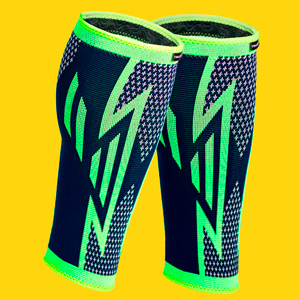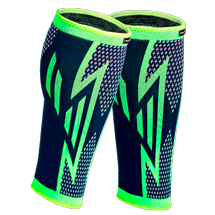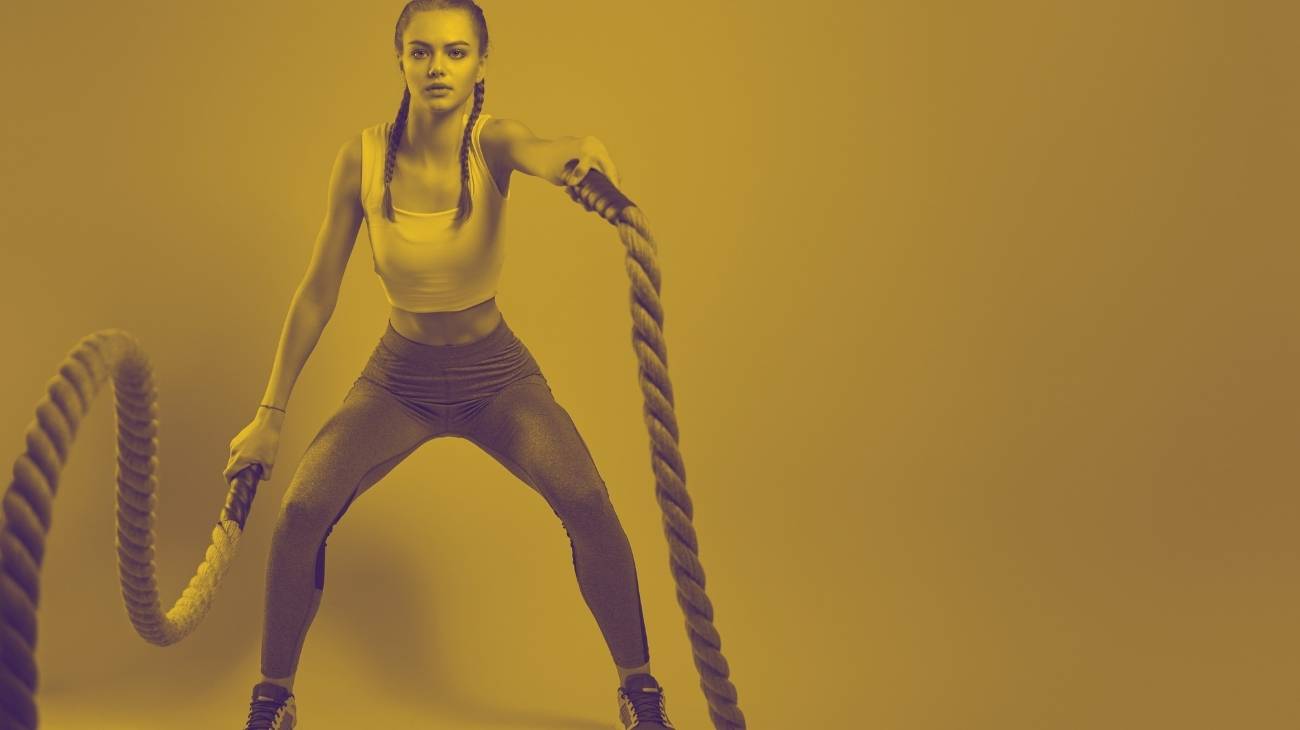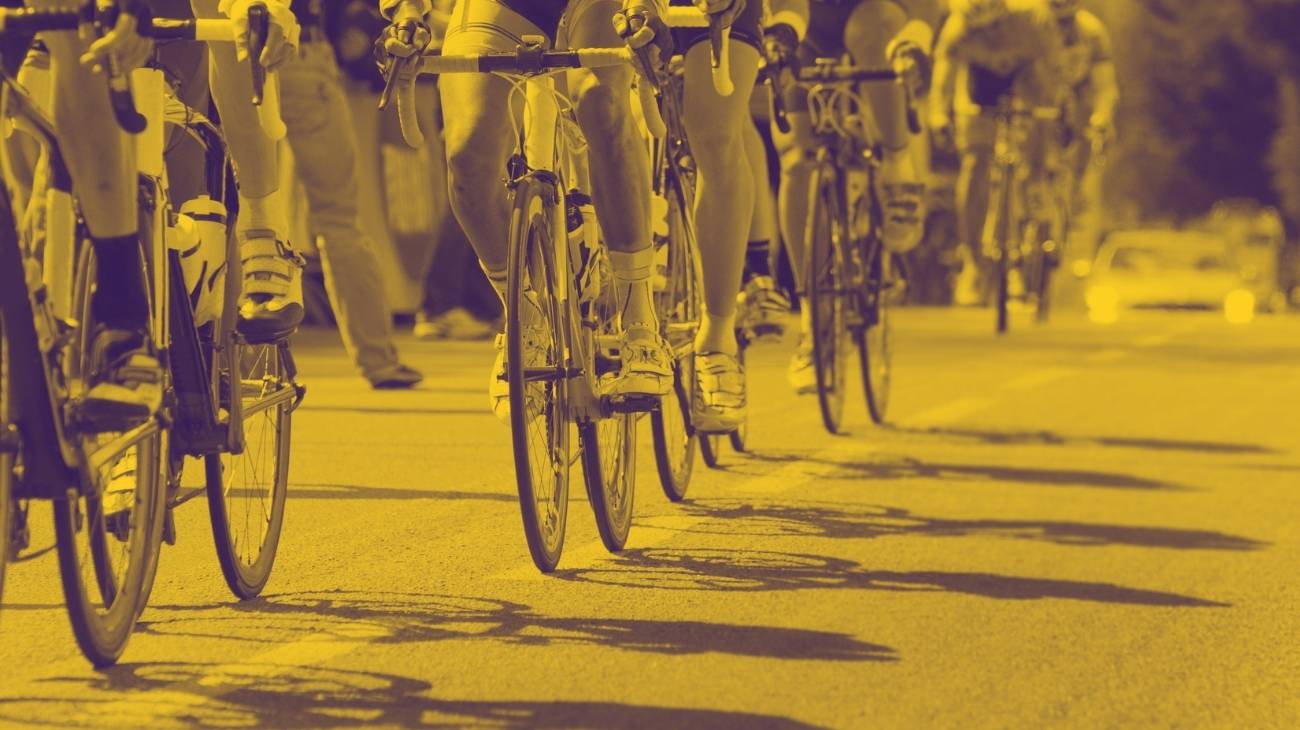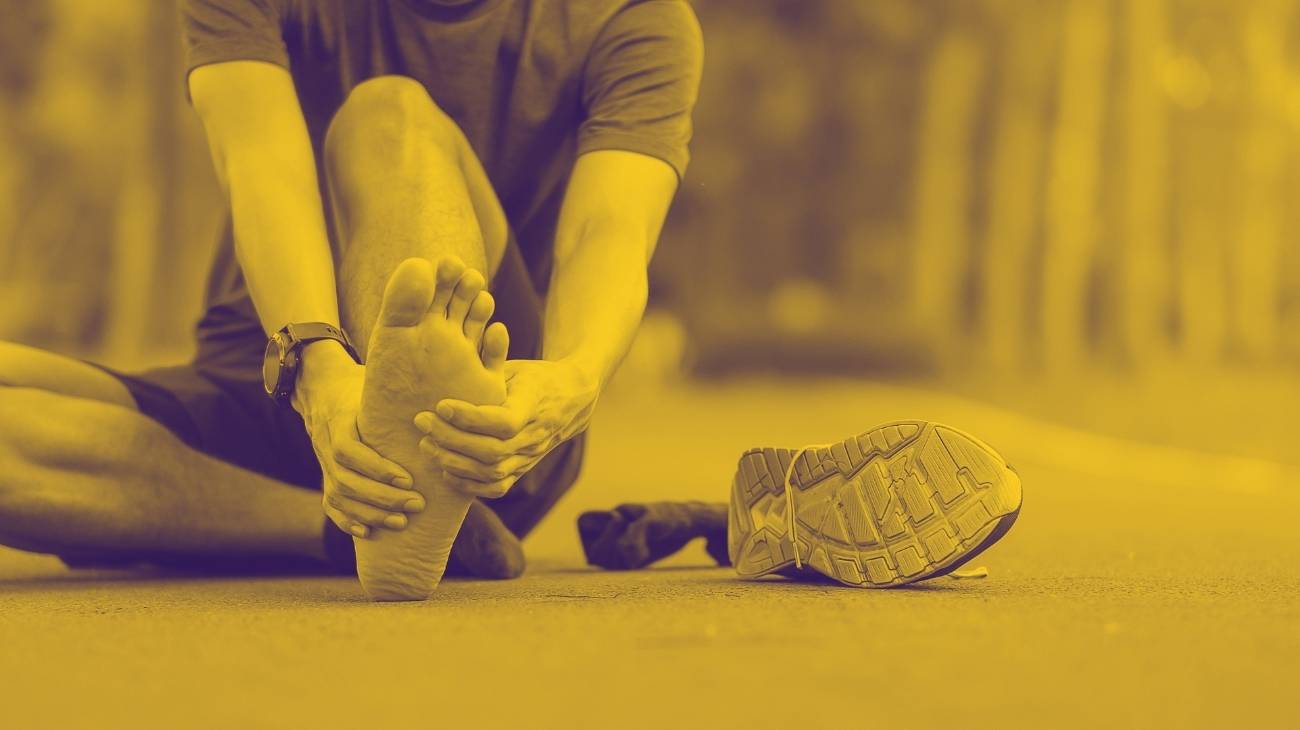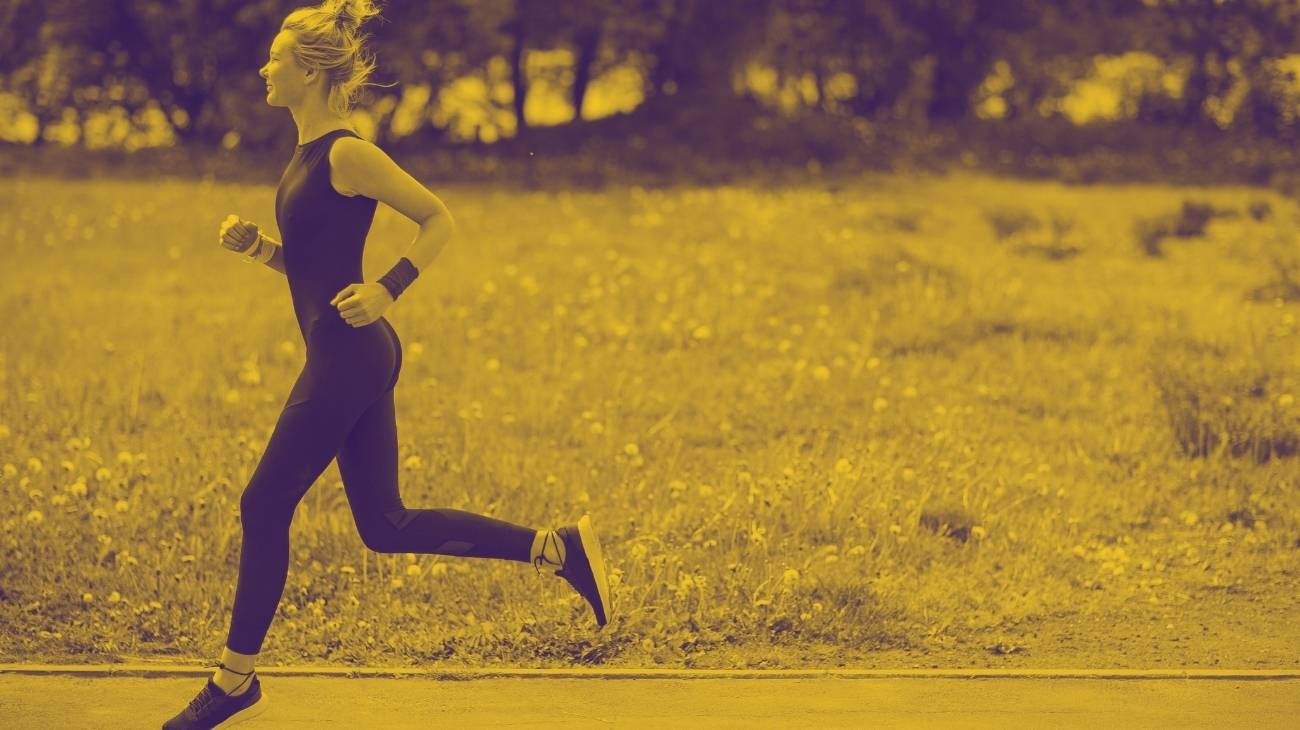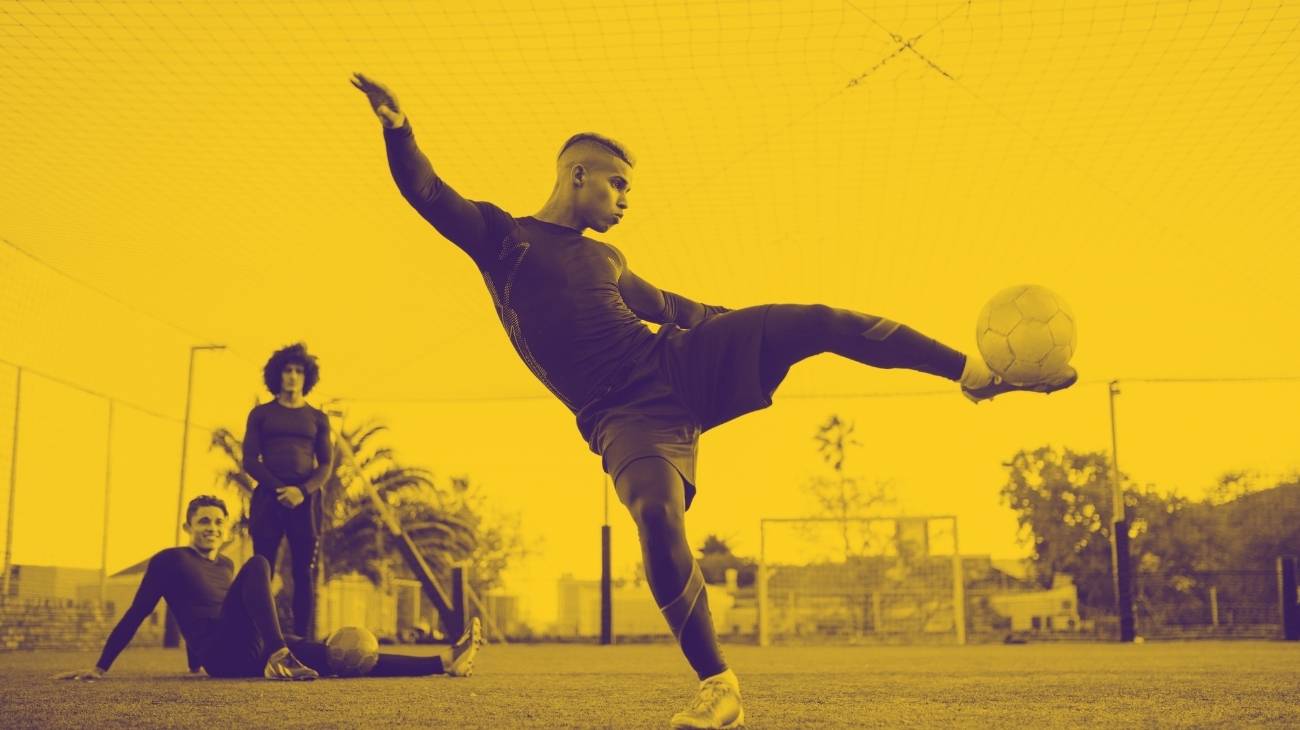- What is the best calf compression sleeves for soccer?
- Video: Muscle calf anatomy
- Types of compression socks you should know about
- What are the most common soccer injuries?
- Buying guide: Tips on how to buy the best compression socks for soccer
- Advantages and benefits of calf sleeves for soccer players
- Are compression socks really effective in improving soccer performance?
Soccer is one of the most popular team sports in the world and therefore has fans of all ages in most countries. It is a mass phenomenon with remarkable social implications. In terms of health, it improves mental and emotional state and prevents various diseases such as obesity, diabetes and hypertension.
However, it can also be the main risk factor for various injuries that weaken the physical well-being of players. However, nowadays there is a possibility to prevent them by using compression socks and calf sleeves, and in this post we will show you why.
What is the best calf compression sleeves for soccer?
- Sizes: S-M-L-XL
- Colors: Green, Pink and Grey
- Material: Breathable
- Nº of Products: 2 pieces
- Uses: Rehabilitation and sport
- Elastic Fabric
- Double Anti-Slip Silicone
- Ergonomic & Adjustable
- Sport Design
- Unisex
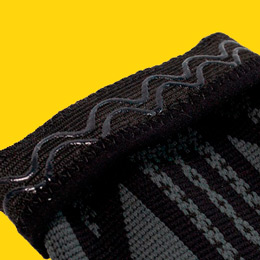
Double Silicone Anti-slip
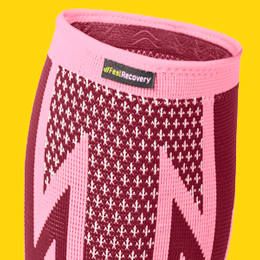
Elastic Fabric
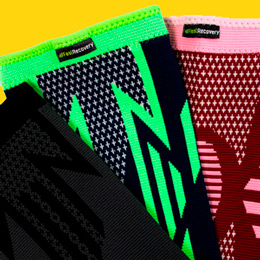
Various Colors and Sizes
- Sizes: S/M, L/XL, XXL
- Colors: 12 Options
- Material: Nylon(70%), Lycra(30%)
- Nº of Products: 2 Pack
- Type: Sock
- Variety of designs and colors
- Good compression
- Lightweight design
- Breathable
- Not machine washable
- Thin material
It is perfect to wear it to work because you can use it under your clothes. Its gradual compression does not compromise the user's comfort, since it generates the correct support in the Achilles tendon and the ankle joint. Contemplate the possibility that, in some athletes, the calf sock was of little use in deflating and relieving the pain of calf tears.
- 3 Pair per order
- Elastic fabric
- Lightweight design
- High compression
- Small sizes
- Delicate wash
Thanks to the technology with which they are manufactured, it is possible to stimulate blood circulation because the structure offers a gradual compression from the soleus to the Achilles tendon. In this way, a firm hold and stability to the different tissues is achieved to avoid injuries. Keep in mind that, the generation of heat that occurs during use may be excessive in some sports or in people who use this splint to work.
- Elastic fabric
- 3 Pair per order
- Lightweight design
- Breathable
- Only one size
- Does not specify material
With a ZFiSt calf splint you will always have dry feet and free of bad odor due to the quality of the materials with which the calf protector is made. You can use it to run, play soccer or reduce the symptoms of varicose legs. Pay attention because in some users the fatigue of the feet did not disappear with the use of this elastic band for running.
- Sizes: S/M/6-9), L/XL(10-15.5)
- Colors: 14 Options
- Material: Nylon(85%) Polyester(15%)
- Nº of Products: 5 Pairs
- Type: Sock
- 5 Pair per order
- Breathable
- Quality materials
- For any activity
- Only two sizes
- Delicate wash
Logra maintain the right compression to stimulate blood when you go to work or are pregnant, you just have to choose the optimal size to start enjoying all the benefits of these socks. It relieves pain and deflates the affected area of ligaments, muscles or bursae, so they are suitable for use in summer or any time of the year. It is important for you to know that, the cuff may not be very effective in preventing muscle tears in too demanding activities.
- Sizes: S/M(5.5-8.5), L/XL(8-12.5), XXL(12-16)
- Colors: 12 Options
- Material: Nylon
- Nº of Products: 2 Pack
- Type: Sock
- Variety of designs and colors
- Breathable
- Elastic fabric
- For any activity
- Not machine washable
- Poor support
They are designed to be used by both men and women, and their material gradually compresses the lower part of the kneecap, muscles and Achilles tendon. In addition, it stimulates blood circulation in the foot and ankle, decreasing pain and symptoms of fatigue. Note that in some buyers the calf compressor did not contribute to rapid deflation.
- Sizes: S/M(4.5–7.5), L/XL(5–8), XXL(7–12)
- Colors: 4 Options
- Material: Nylon
- Nº of Products: 3 Pairs
- Type: Sock
- Good compression
- Lightweight design
- Delicate wash
The elastic material gradually compresses the tissues to stimulate blood circulation. In this way, it is very easy to obtain in the same garment the therapeutic benefits of heat and compression therapy. These socks are suitable for use during pregnancy. Some users recognized that the pain does not diminish with the use of this elastic splint.
- Graduated compression
- Additional padding
- Lightweight design
- Variety of colors
- Medium compression
- Thin material
The additional padding prevents blisters and improves comfort so that the gradual compression is not an obstacle to use. They are non-slip and can be worn by both women and men, but it is important to choose the right size for the socks to be effective. If you are looking for this compression sleeve to repair calf tears, be aware that in some buyers this did not work correctly.
- Sizes: S(13.7-15in)-M(15.7-17in)-L(17.3-19in)
- Colors: 14 Options
- Material: Nylon
- Nº of Products: 2 Pack
- Type: Sleeve
- Good fit and compression
- Variety of designs and colors
- Few sizes
It is ideal for helping blood circulation when you spend a lot of time on your feet, but best of all, its gradual compression allows the right fit to support the ligaments and stabilize the Achilles tendon. You can wear it in high temperature environments because its moisture wicking technology prolongs wear time. Please note that in some cases the elastic compression sleeve may not provide the compression needed by certain athletes.
Video: Muscle calf anatomy
Types of compression socks you should know about
What are the most common soccer injuries?
Soccer is a very demanding sport by nature, whether it is played professionally or for fun. Players have to meet the high demands of performing numerous athletic movements, as well as jumping, collisions, constant running and sudden changes in direction. In addition, the terrain can be very rough.
For these reasons, it is a skill that increases the risk of injury due to the different movements during a game. Therefore, to further promote the use of a useful prevention tool, it is useful to know the most common injuries in this popular sport:
Meniscus Tear
The meniscus is a fibrocartilage structure located both medially and laterally in the knee that acts as a shock absorber between the femur and tibia bones to protect the joint by dissipating stress. Therefore, activities that involve sudden twisting or turning movements while squatting or with the foot on the ground (e.g., soccer) lead to a meniscus tear.
In general, this type of injury is very common in soccer and causes athletes to experience the following symptoms: fracture sensation, stiffness, pain when rotating the knee, feeling of weakness in the joint, and difficulty extending the knee. The severity of all these symptoms depends on the severity of the injury, which is determined by the type and location of the tear.
Achilles tendonitis
This is a very common sports injury that almost always results from overuse of the Achilles tendon. This is a strong, fibrous ligament that connects the muscles on the back of the calf to the heel bone. Achilles tendonitis in soccer players is often caused by a sudden increase in the duration or intensity of running, as well as sudden movements and training on uneven surfaces.
With regard to the symptoms of this condition, the following points should be highlighted: Mild pain after the injury, which worsens over time in the area above the heel and in the lower part of the leg. It also causes swelling or hard nodules of tissue on the tendon, weakness in the leg, stiffness and unusual tenderness. With timely treatment, medication and physical therapy can ensure a full recovery before it becomes a chronic condition.
Sprains of the knee
Knee injuries are common in soccer, and one of the most common injuries is a sprain or strain. This is a condition that directly affects the ligaments of the knee because one of the ligaments is overstretched. This can be caused by a fall with an awkward position of the knee after a step or jump, by direct blows to the area, or by microtrauma or overuse.
However, there are different types of sprains depending on the ligament involved: Anterior Cruciate Ligament (ACL) sprain, Posterior Cruciate Ligament (PCL) sprain, Lateral Collateral Ligament (LCL) sprain and Medial Collateral Ligament (MCL) sprain. The symptoms it causes are generally as follows: Pain at the tear site, uncomfortable cracking, swelling, stiffness, redness and inability to stand.
Sprained ankle
This is an injury to the ligaments that make up the joint because they are stretched beyond their normal elastic limit. Thus, in addition to knee sprains, ankle sprains are common in soccer due to theIntensity of the game, the sudden changes of pace and the blows that opponents can deliver.
Jumping, diving, spinning and the type of field can also increase the likelihood of an ankle sprain. Therefore, it is rare that a soccer player has not suffered such an injury at some point in his career. Usually, the symptoms are as follows: Severe pain in the joint, bruising or contusion in the area, increased tenderness in the area, and a localized feeling of heat.
Buying guide: Tips on how to buy the best compression socks for soccer
Since there are many options in compression socks, it is important to know how to choose the most suitable sock for playing soccer and enjoy all the benefits it offers.
Depending on the function
One of the most important features to evaluate is the function of the sock in question. You need to choose a type of accessory that is completely adapted to your sport, such as soccer. Otherwise, there is a risk that you will buy a sock designed for other skills and therefore not suitable for your games. Also, make sure that it performs the following tasks: Promote venous return, promote rapid recovery of the area, relieve muscle strain, reduce potential pain and inflammation, and prevent injury.
Material
When choosing compression garments, make sure they are made of a synthetic material (polyester, nylon or spandex) that quickly wicks sweat away from the body.
Type of compression
The degree of compression is also an important detail to consider. From this it becomes apparent to what extent the textile element supports the fulfillment of the function it performs.
In general, there are the following types:
- Light (exerts pressure from 18 to 24 mmHg)
- Moderate (22 to 29 mmHg)
- Strong (30 to 40 mmHg)
- Extra strong (37 to 49 mmHg)
According to studies, it is recommended to wear, on average, a stocking with a compression between 15 and 30 mmHg during sports activities.
Sizing
Many manufacturers have designed one-size-fits-all compression stockings that promise benefits, but in reality are not recommended. Depending on the anatomy of the individual athlete, this type of sock may be too small and restrict blood circulation , while for others it may be too large and provide poor compression. The footballer should therefore buy a sock in his exact size (S, M, L or XL), depending on the ratio of height to weight or calf circumference.
Design
A model should be chosen that covers the skin at the level desired by the athlete. Depending on the length of the compression socks, the following models are known:
- Socks (covering the foot only)
- Short socks (ankle to knee)
- Long socks (above knee or mid-thigh)
Usually soccer players wear short socks or calf socks.
Price
The cost of compression socks varies depending on the brand, design and function. You should buy socks from a recognized brand to make sure they are originals, as imitations are of poor quality and have little effect.
Advantages and benefits of calf sleeves for soccer players
Basically, compression socks are those that put pressure on the muscles in order to pump the blood upwards and prevent the veins from dilating excessively. They are now widely used in the world of sports to take advantage of the various benefits they offer, and for this reason soccer players have also joined this type of textile clothing.
Considering that with this ability they guarantee the following benefits:
- They increase blood circulation and help optimize the circulatory system.
- They provide better support for the muscles.
- Reduce muscle soreness and fatigue, as well as the risk of pain and inflammation.
- Minimize the impact of the impact of each step.
- Protect limbs from many sports injuries.
- Improve player's endurance and performance during the game.
- Accelerate the recovery process after the game and/or training.
- Prevent the loss of body heat during performance.
- Provides a high level of stability, which also affects the comfort.
Are compression socks really effective in improving soccer performance?
Yes, compression socks are recommended for playing soccer. This is because they stimulate optimal blood circulation , which helps to return blood to the heart so that it does not pool in the feet while the athlete is running during the 90 minutes of competition. This also improves the performance of the athlete.
They also promote muscle recovery in a shorter time, thus speeding up the recovery of the athlete's limbs after exercise. They also prevent discomfort (pain or inflammation) that may occur after training.
Compression sports socks for playing soccer are the best garment to enhance sports performance, and if you have an injury, you can recover quickly thanks to compression therapy, as it effectively improves the internal components of the foot and calf.

